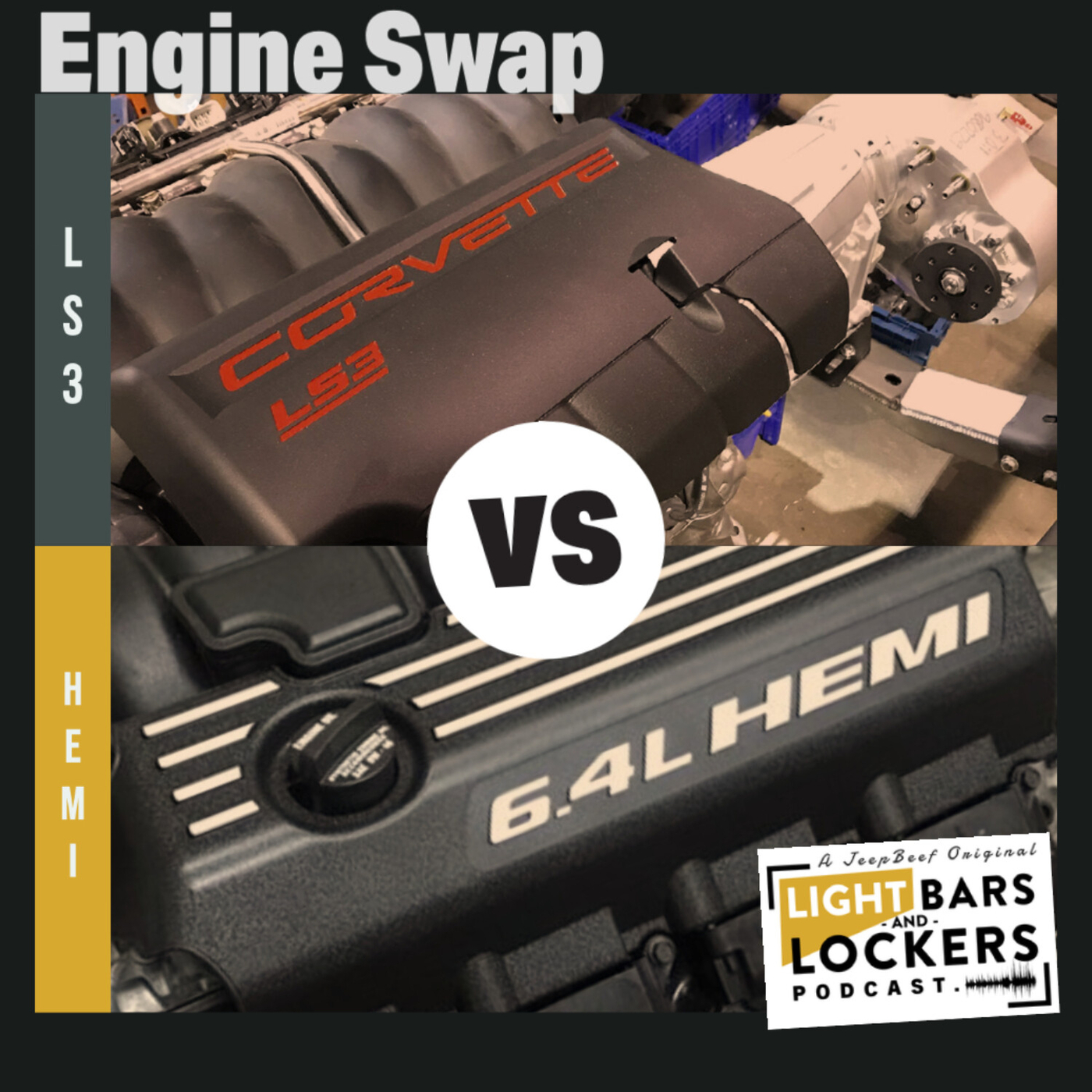When enthusiasts discuss muscle cars, the debate often extends far beyond mere aesthetics and performance metrics; it delves into the very heart of these vehicles: the engine. Among the most fervently contested topics in the automotive realm is the comparison of the 5.7 Hemi to the 6.4 Hemi. Both engines are part of Chrysler’s iconic Hemi lineage, celebrated for their distinctive design and formidable power output. However, each has its own nuances and attributes that could sway a potential buyer or performance enthusiast one way or the other.
To understand the rivalry, we must first unravel what makes these engines tick. The 5.7 Hemi, often referred to as the “small-block,” boasts a displacement of 5.7 liters. It relies on a 90-degree V8 configuration, paired with a hemispherical combustion chamber design, which promotes efficient airflow and optimal combustion. This engine is well-regarded for its balance of power and efficiency, making it a favorite for everyday driving as well as recreational applications.
On the other hand, the 6.4 Hemi, sometimes called the “big-block,” takes its displacement up to 6.4 liters. It is designed to deliver a substantial increase in horsepower and torque, rendering it a more potent option for those seeking high-performance capabilities. The 6.4 Hemi’s construction is robust, with enhancements such as larger intake valves and high-flow fuel injectors, further boosting its performance metrics.
Now let’s explore performance differences. The 5.7 Hemi typically generates around 360 horsepower and 390 lb-ft of torque, making it an excellent choice for those who value a solid blend of power and reliability. This engine is frequently utilized in a variety of vehicles, ranging from pickups like the Ram 1500 to performance cars such as the Dodge Charger and Challenger.
Contrastingly, the 6.4 Hemi cranks out an impressive 485 horsepower and 475 lb-ft of torque, showcasing its prowess in the realm of performance. This engine powers high-octane variants of vehicles, such as the Dodge Challenger Scat Pack and the Jeep Grand Cherokee SRT, signifying its design intended for enthusiasts who crave speed and agility. The additional torque is particularly beneficial for towing applications and high-speed situations, granting drivers the confidence to handle demanding scenarios.
Fuel efficiency is also a factor that distinguishes these two engines. In a world increasingly conscious of environmental impact, the 5.7 Hemi shines with its fuel economy, often averaging in the mid-teens in terms of miles per gallon (MPG) during combined city and highway driving. It’s a favorable option for those who require a practical vehicle for daily commutes and long road trips.
In contrast, while the 6.4 Hemi is engineered for performance, it does come with a fuel economy trade-off. Expect to see lower MPG figures, which can sometimes dip into single digits when driven aggressively. This engine rewards its driver with exhilarating performance at the cost of efficiency, appealing mostly to those who prioritize thrills over frugality.
Durability is another critical consideration in this showdown. Both engines are built to last, crafted from high-quality materials capable of withstanding the rigors of performance driving. However, the 6.4 Hemi is fortified with additional features, such as a reinforced block and a unique oiling system designed to handle the increased stresses associated with higher horsepower outputs. Consequently, for those contemplating extensive modifications or seeking to push the boundaries of performance, the 6.4 Hemi might just edge out its predecessor in terms of long-term reliability.
The aftermarket community surrounding both engines is vibrant and diverse. The 5.7 Hemi benefits from a robust aftermarket scene that offers a myriad of performance parts, ranging from cold air intakes to advanced exhaust systems. This makes it an appealing option for DIY enthusiasts looking to extract a bit more power without breaking the bank.
Meanwhile, the 6.4 Hemi opens up a different realm of possibilities. Performance tuning and modifications can yield significant gains in horsepower and torque, and dedicated enthusiasts often opt for supercharging or turbocharging their engines to amplify output even further. However, the cost of these upgrades can be considerably higher, reflecting the advanced engineering involved.
Considering technology, both engines showcase advanced features that enhance performance and driving experience. From variable valve timing to sophisticated engine management systems, these engines are equipped to optimize performance in varying conditions. But the 6.4 Hemi, with its superior technology kit, offers distinct advantages in responsiveness and engine dynamics, appealing to those who revel in cutting-edge automotive technology.
Ultimately, determining which engine reigns supreme is largely subjective. The 5.7 Hemi is a well-rounded performer that caters to a broader audience seeking the allure of a classic muscle car feel with daily usability. Conversely, the 6.4 Hemi steps onto the stage with a fierce presence, catering to those who crave extreme power and performance, unbound by the constraints of fuel economy.
In conclusion, the battle between the 5.7 Hemi and the 6.4 Hemi is emblematic of a larger question in the automotive landscape: the pursuit of performance vs. practicality. Both engines represent vehicles that resonate deeply within car culture, each offering a unique driving experience. Whether you lean toward the reliability of the 5.7 or the muscle of the 6.4, one truth remains clear: the Hemi legacy continues to captivate and inspire, cementing its place in the annals of automotive history.
